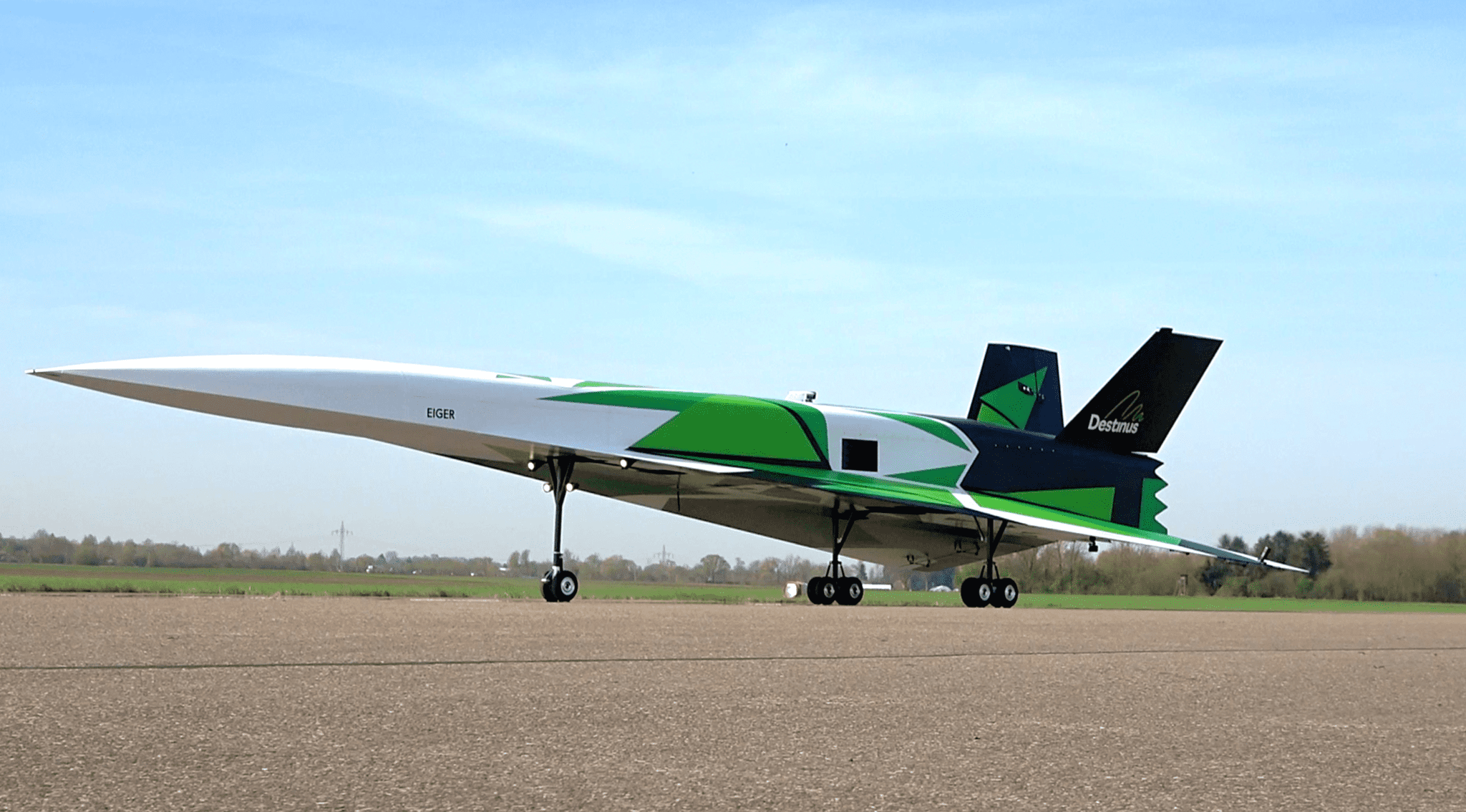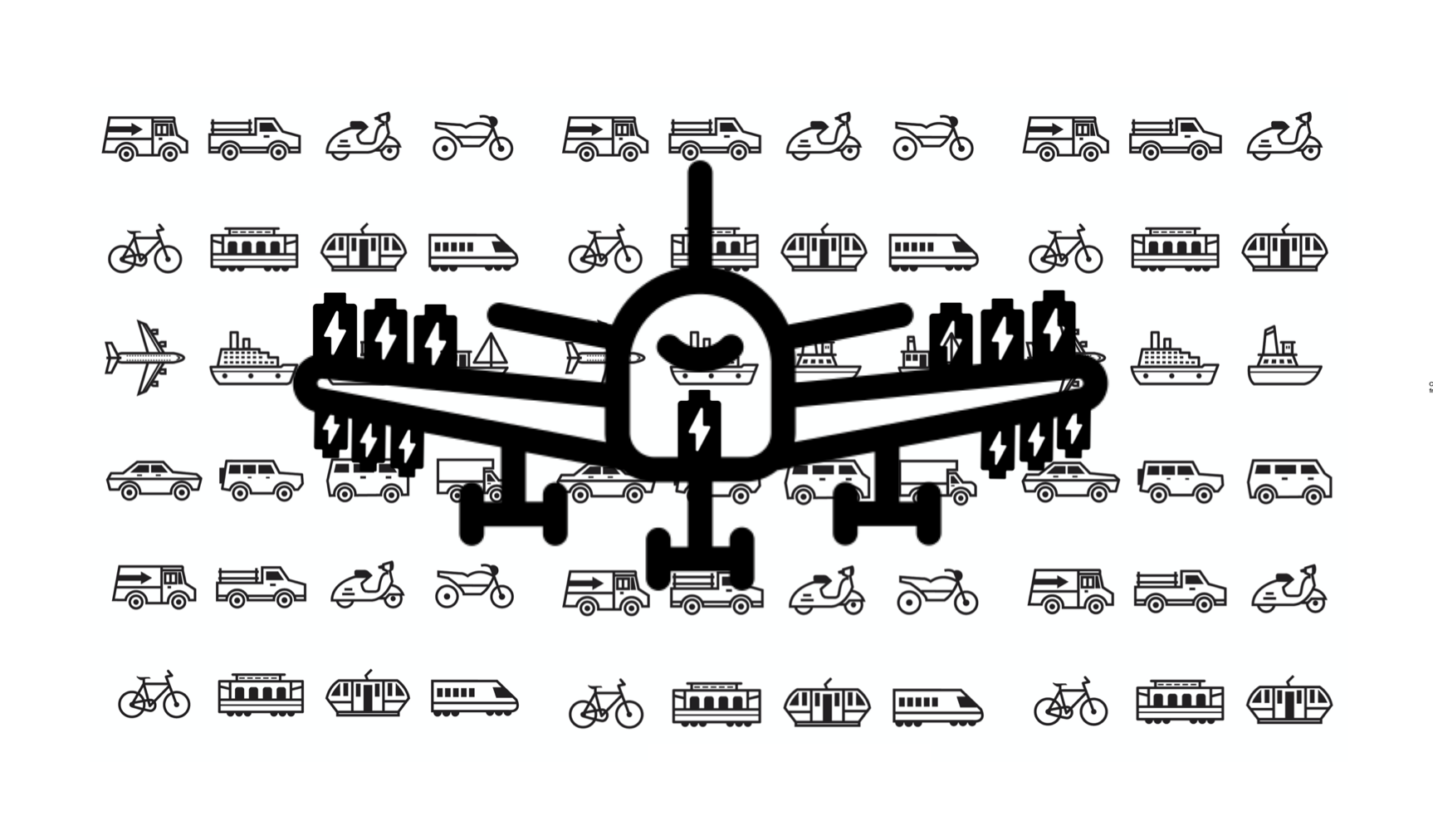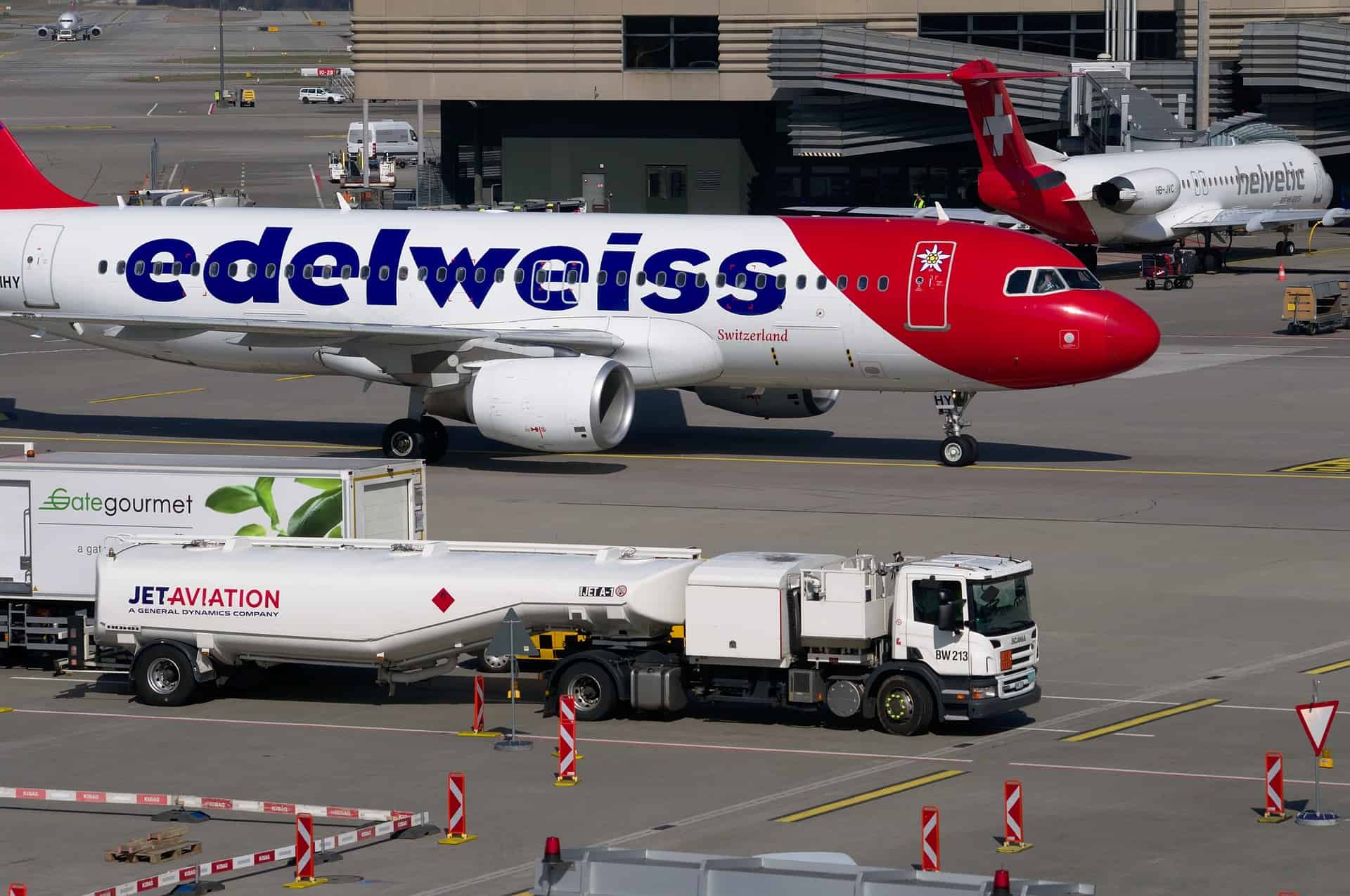
Swiss startup Destinus teams up with Spain’s Ministry of Science to develop hydrogen-powered hypersonic jets, capable of cutting down Europe-Australia flight times to just 4 hours and 15 minutes. With a total of €26.7 million in grants from the Spanish Government, Destinus advances its hydrogen propulsion capabilities, collaborating with ITP Aero on engine testing facilities. The company’s work on gaseous hydrogen post-combustion jet engines and cryogenic fuels like liquid hydrogen will undergo extensive ground testing before integration into the Destinus-3 supersonic prototype in 2024. Hydrogen power offers eco-friendly benefits, producing only heat and water as byproducts, and aligns with Spain and Europe’s strategic objectives to advance hydrogen flight and mobility solutions.
Ambitious Goals and Green Credentials
Destinus’ ambitious plans include slashing flight times from Frankfurt to Sydney to 4 hours and 15 minutes, and Frankfurt to Shanghai to just 2 hours and 45 minutes [1][2]. The hydrogen-powered jets offer significant environmental benefits, as hydrogen fuel produces only heat and water as byproducts, making it a green alternative to traditional aviation fuels [2].
Hydrogen also has higher energy by mass than traditional aviation fuels, further contributing to its potential as a clean energy source for the aviation industry [2]. Spain’s Ministry of Science has strongly supported Destinus’ research and development, providing €27 million in grants to fund the construction of hydrogen engine testing facilities and to support liquid hydrogen-powered propulsion research [1][3].
Collaborations and Technological Advances
In June 2022, Destinus partnered with Spanish engine manufacturer ITP Aero to develop hydrogen engine testing facilities [1]. With the support of the Instituto Nacional de Técnica Aeroespacial (INTA), Destinus has been working on a series of prototype hydrogen-fuelled aircraft, with two successful flight tests already under their belt[3]. One of the main challenges the company faces is the development of storage tanks and the production of green hydrogen [3].

Researchers at RMIT University have developed 3D-printed catalysts for hypersonic flight, which act as cooling agents to combat the extreme heat generated at speeds of 6,100 km/h, enabling flights like London-New York in just 90 minutes[2]. Destinus aims to apply these technological advancements to their hydrogen-powered jets, integrating hydrogen post-combustor jet engines and cryogenic fuels such as liquid hydrogen into their Destinus-3 supersonic prototype by 2024[1].
Reviving the Supersonic Era and Hydrogen’s Rising Role
The last supersonic passenger plane, Concorde, was grounded 20 years ago due to an accident [3]. However, the aviation industry has shown renewed interest in supersonic passenger flights, with American Airlines investing in 20 Overture Jets by Boom Supersonic, which will be powered by Sustainable Aviation Fuels (SAF) [3]. The Spanish government’s Plan Nacional del Hidrógeno (National Hydrogen Plan) aims to make Spain a world leader in renewable hydrogen production and hydrogen mobility development across various sectors, including aviation [3].
Spain’s commitment to hydrogen propulsion investment is further bolstered by the European Commission’s NextGenerationEU support and the Iberian Peninsula’s potential to become a hydrogen superpower, as indicated by the World Economic Forum [3]. The European Commission views hydrogen as a cornerstone for energy security, and companies like Destinus are working tirelessly to make hydrogen-powered flights a reality[3]. As Davide Bonetti, Destinus’ VP of Business Development and Products, says, “With these grants, hydrogen-based solutions for aeronautical mobility will be one step closer to becoming a reality” [3].
Sources:
[1] Destinus
[2] Euronews
[3] Reneweconomy


